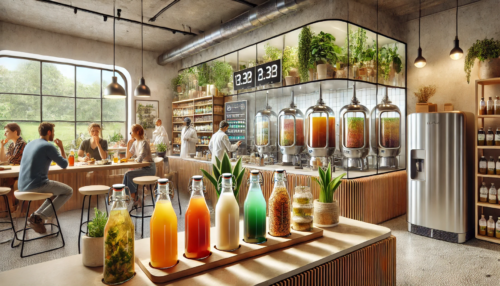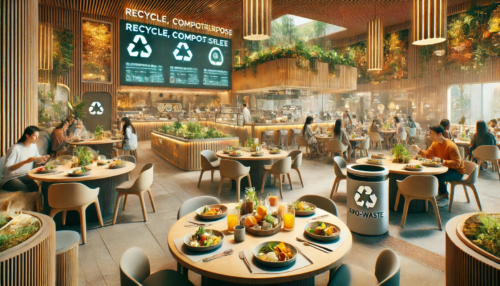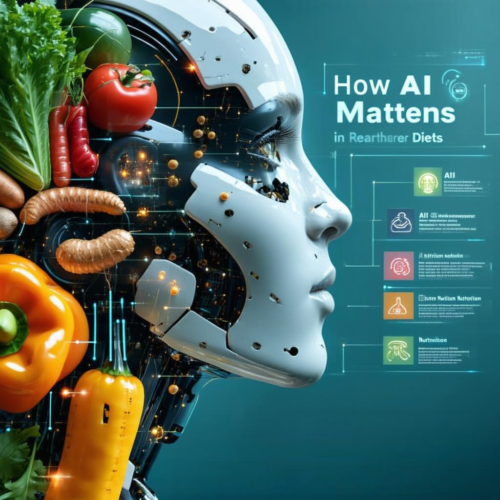Lab-Grown Meat Cuisine: Exploring the Taste, Cost, and Sustainability of Cultured Meats in 2025
The year 2025 marks a pivotal moment for food innovation, with lab-grown meat becoming a promising solution to address pressing global issues like climate change, food security, and ethical meat consumption. As cultivated meat continues its journey from futuristic concept to commercial reality, we delve into its taste, affordability, and sustainability. What does this scientific marvel mean for the future of dining, and will it revolutionize the food industry as we know it?
The Rise of Lab-Grown Meat: A Game-Changer in Food Innovation
Lab-grown meat, also known as cultured or cultivated meat, is a product derived from animal cells grown in controlled environments rather than farmed or slaughtered animals. While the concept may sound straight out of science fiction, its development is grounded in advanced biotechnology and innovation. By 2025, companies like Good Meat and Upside Foods have made significant strides, offering cultivated meat to select restaurants and consumers.
The first U.S. restaurants serving cultivated meat—Bar Crenn in San Francisco and a Washington, D.C. venue—have generated curiosity and excitement. Their offerings are more than just novelty items; they represent the future of ethical and sustainable dining.
Taste: Can Lab-Grown Meat Satisfy Carnivorous Cravings?
One of the most pressing questions surrounding lab-grown meat is whether it tastes like traditional meat. For skeptics, the idea of “meat grown in a lab” conjures images of synthetic, flavorless substitutes. However, those who’ve tried it often report that cultivated meat replicates the taste and texture of conventional meat almost perfectly.
The key lies in its production. Cultivated meat is grown using animal cells that develop into muscle fibers, just like in a living animal. The result? A product with the same molecular composition as real meat.
- Flavor: Early testers describe lab-grown chicken and beef as indistinguishable from traditional cuts.
- Texture: Innovations in scaffolding and cell growth have improved meat texture, offering juicy steaks, tender nuggets, and other realistic forms.
While the culinary possibilities are expanding, some chefs are still experimenting with seasoning and cooking techniques to optimize flavor profiles. The challenge ahead is not just matching the taste of conventional meat but surpassing it with new culinary experiences.
Cost: When Will Cultured Meat Be Affordable?
In 2025, the cost of lab-grown meat remains one of the biggest hurdles to mass adoption. Early prototypes in the 2010s cost hundreds of thousands of dollars per kilogram. Fast-forward to today, and while prices have dropped significantly, cultivated meat is still a premium product.
Factors Driving Costs:
- Scaling Production: Transitioning from small-scale labs to commercial facilities requires substantial investment.
- Growth Media: The nutrients required to feed animal cells are costly, though companies are working on affordable alternatives.
- Regulatory Approvals: Navigating the complex regulatory landscape adds time and expense to bringing products to market.
However, optimism abounds. Experts predict that as technology advances and economies of scale improve, lab-grown meat will approach price parity with conventional meat within the next decade. Some even foresee it becoming cheaper as production methods optimize further.
Sustainability: A Greener Future for Meat Production
The environmental benefits of lab-grown meat are perhaps its most compelling argument. Traditional meat production is a resource-intensive process, contributing significantly to greenhouse gas emissions, deforestation, and water usage.
Environmental Impact of Lab-Grown Meat:
- Reduced Emissions: Studies show that cultivated meat generates up to 96% fewer greenhouse gases than conventional meat.
- Water and Land Use: Growing meat in bioreactors requires less water and land, leaving more space for biodiversity.
- No Animal Slaughter: By eliminating the need for industrial farming, lab-grown meat addresses ethical concerns about animal welfare.
However, it’s important to acknowledge that lab-grown meat production isn’t entirely impact-free. Energy-intensive bioreactors and the sourcing of growth media present challenges that researchers are actively working to address.
Cultured Meat in the Kitchen: The Chefs Leading the Charge
The role of chefs in popularizing lab-grown meat cannot be overstated. By showcasing its potential through innovative recipes and presentations, they’re transforming it from a curiosity into a delicacy.
Leading Culinary Innovations:
- Bar Crenn’s Pioneering Dishes: Known for its commitment to sustainability, this San Francisco eatery has introduced cultivated chicken to its menu, blending traditional French techniques with futuristic ingredients.
- Fusion Cuisine: Chefs are exploring how cultivated meat pairs with global flavors, creating dishes that appeal to diverse palates.
As more restaurants adopt lab-grown meat, its integration into mainstream dining culture is likely to accelerate. Imagine a future where gourmet burgers, sizzling kebabs, and succulent steaks are all ethically produced in labs.
Challenges and Ethical Considerations
While lab-grown meat holds immense promise, it also raises important ethical and practical questions.
- Cultural Resistance: Will consumers accept lab-grown meat as “real meat,” or will cultural biases hinder adoption?
- Regulatory Scrutiny: Governments worldwide must establish clear regulations to ensure safety and transparency.
- Energy Consumption: Can renewable energy sources fully power bioreactors to make lab-grown meat truly sustainable?
These challenges underscore the complexity of transitioning to a cultivated meat industry. Solutions will require collaboration across science, policy, and society.
The Future of Food: Beyond Meat
Lab-grown meat is just the beginning. The rise of cellular agriculture opens doors to a host of innovative foods, including cultivated seafood, dairy, and even exotic meats like kangaroo or ostrich—all without harming a single animal.
In 2025, the vision for the future of food is one of abundance and sustainability. Cultivated meat represents a paradigm shift, offering a way to meet the demands of a growing global population without depleting our planet’s resources.
Conclusion: A Bite of Tomorrow
As we sit at the crossroads of tradition and innovation, lab-grown meat offers a tantalizing glimpse into what’s possible. The taste, cost, and sustainability of cultivated meat are steadily improving, paving the way for a future where ethical, eco-friendly dining becomes the norm.
For adventurous diners, chefs, and sustainability advocates alike, the journey of lab-grown meat is more than just a technological milestone—it’s a delicious revolution waiting to be savored.




